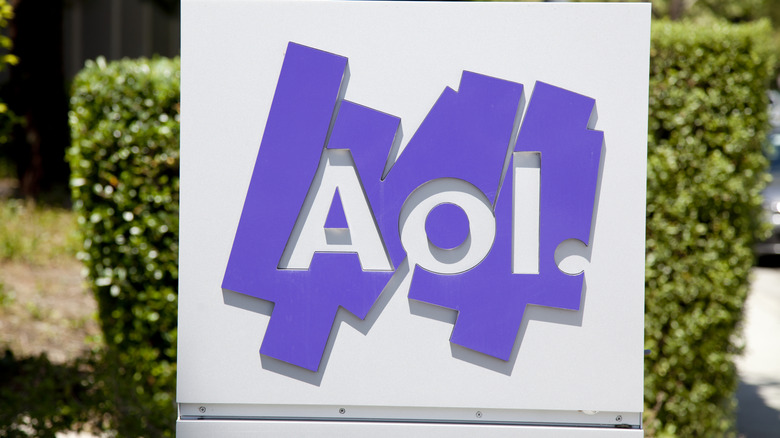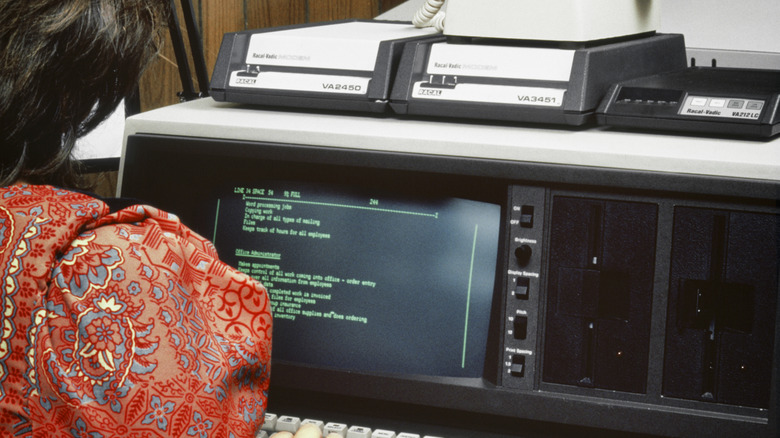Yes, Dial-Up Internet Was Still A Thing In 2025 - Here's Why AOL Is Ending It For Good
AOL, formerly known as America Online, announced that it is shutting down its dial-up internet service. The move stirred a wave of shock and dilemma across the internet, with many wondering how dial-up internet survived when broadband connections have been mainstream for so long, and we have already entered the age of satellite internet connectivity, even in remote regions of the globe. For a huge chunk of the internet users out there, they never got to even experience how dial-up internet services even worked.
Interestingly, dial-up internet started from university labs in the US and the UK, before it went commercial in the US under the label SprintLink. The fundamental difference between modern broadband and dial-up internet service was the way the connection was established. As the name makes it abundantly clear, it required access to a physical phone line. Users had to sit through a series of static shrieks and beeps before the connection was established, and each time a call was made, an Internet Protocol (IP) address was assigned. This is a crucial distinction.
Broadband connections are always-on, which means your PC stays connected to the internet until the DLS line is disconnected or the cable box is physically unplugged. With dial-up internet, the unique address is changed each time because you call the service provider. This aspect technically makes dial-up internet a stronger option from a security perspective against hackers who can exploit IP address knowledge to launch attacks, track location, and exploit vulnerabilities.
Why is AOL shutting down dial-up internet service?
AOL has not detailed why it is sunsetting the service, but it's clear that maintaining the infrastructure for a service that is clearly inferior was a burden. "AOL routinely evaluates its products and services and has decided to discontinue Dial-up Internet," the company explained vaguely on a support page. AOL's dial-up internet service will officially shut down on September 30, 2025.
Users will no longer be able to access it via the AOL Dialer software and AOL Shield browser, both of which are maintained to run on old computing systems that supported dial-up connections at a native hardware level. The discontinuation of AOL's dial-up service will not affect other products that customers are currently paying for.
It's not surprising to see dial-up into the sunset, just the way older technologies like floppy discs, as far better alternatives have now replaced them. AOL's decision is no different than passing along the torch. Dial-up offered a theoretical peak speed of 56,000 bytes per second, and users had to call an internet service provider through the 56K modem fitted inside their PC. In a nutshell, it was far too slow for modern streaming and online gaming needs.
For comparison, we have entered an era where even 5G cellular connections can reach up to 20 Gigabits-per-second (Gbps). As much faster broadband internet went mainstream in the early 2000s, the usage of dial-up connections went down sharply. By 2012, 65% of American households had shifted to broadband, and only 3% homes had access to dial-up internet lines, though a few million still remained hooked in the years ahead.

